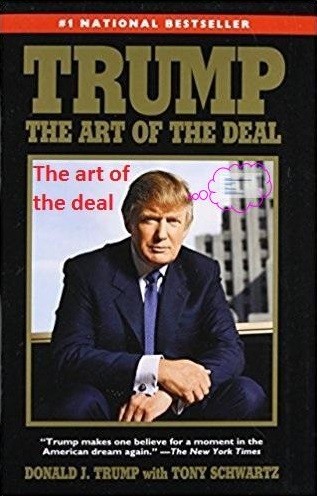
The art of trade-off invention - osmotic to hydraulic oil pressure transformer
Long long time ago, humankind found the osmotic pressure is formidable, even the commercial hydraulic pressure sorrily feels inferior, for example, it is about 500 atmosphere pressure for water oozing into the saturated salt solution!
About half century ago, American Israeli professor Sidney Loeb invented the PRO (Pressure Retarded Method) method to harvest osmotic energy. Unfortunately his invention has never been commercialized until today.
Why? Because it is frustrated by some technical taboos.
The fatal taboo: commercial hydraulic equipment must only use those engineered mineral oils, of course, aqueous solution is strictly prohibited. Engineers know exactly why this taboo must exist.
This world is never perfect, even ugly in some corners. Therefore, due trade-off has to be applied to the due time and due space for due performance, and perfectionists may often confront failure. Anyway, all my inventions just follow this philosophy.
My deep research proves that: provided technical trade-off acceptable, the dead PRO technology can surely revived.
Veni vidi vici, my attempt led to success eventually with following patent pending design:
Some ugly leakage? No problem, provided it is minor enough, e.g. 0.1% of inflow, then engineeringly acceptable. Just be contentment & don't be fastidious, because viscosity performance of water is inferior than the engineered hydraulic oil.
Erosion in the aqueous end? No big deal, servicing that end only is cheap enough and as convenient as changing motor oil.
Why the pioneer Statkraft still failed even dodging all taboos?
Yes, taboos can be evaded if everything just follows technical conventions, but unfortunately you may get little even no gain.
The Norway company tried to harvest energy from riverwater mixing seawater. However the osmotic pressure is merely 27 atms, i.e. about 20 times less than the saturated salt water.
Of course, a regular hydro turbine can satisfy the pressure, but the low power density turbine is far more expensive and cumbersome than a hydraulic motor with same power rating. Statkraft used a Pelton spoons turbine as shown below.
Above monster turbine can only output 4 kw, in contrast, for same power hydraulic motor, its size is equivalent to a car starter motor.
Not only that, but also 400 times more membranes have to be used, than my compact design with osmotic-hydraulic trade-off at same power. Why? Because power is proportional to the square of pressure, analogous to the electric formula: Volt^2/Resistance.
With those tremendous cost & volume & weight amplification, but little power, how can the Statkraft osmotic power station profitable and sustainable?!
Conclusion & lookout
Indeed, trade-off is a kind of art!
With this lovely trade-off, a huge market is emerging for the untapped osmotic blue energy storage and recovery.
Conventional hydraulic system is based on the over-mature technology, and many parts or components are standardized for decades and decades. Supposedly, as long as the market drives deep to the aqueous-oil hybrid hydraulic demand, the great stakeholders such as Eaton, Parker etc. can be capable of producing whatever matchable huge amount supply.
By the way, thanks to the guidance of president #Trump book "the art of deal", without the inspiration of trade-off thereof, I would have not invented the revolutionary osmotic energy storage & recovery system!
For more technical information, read my previous article:
https://www.linkedin.com/pulse/osmosis-energy-era-looming-yanming-wei






CEO at Kiwaho Lab of Energy & Ecology Inc.
5yThe patent full specification is available for download in my next new post that is only visible to my network. So if you want get it, pls connect with me or accept my connect invitation.
CEO at Kiwaho Lab of Energy & Ecology Inc.
5yThis pending patent may subject to ownership transfer, if some entity could submit an decent offer. After deal made, I will assist the registration of new assignee with USPTO. The full text of patent application pdf document is about 62 pages, available on demand for those potential transferees or collaborators.